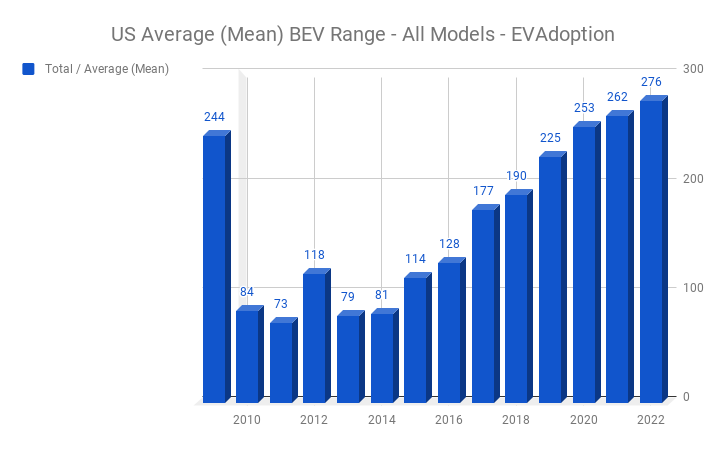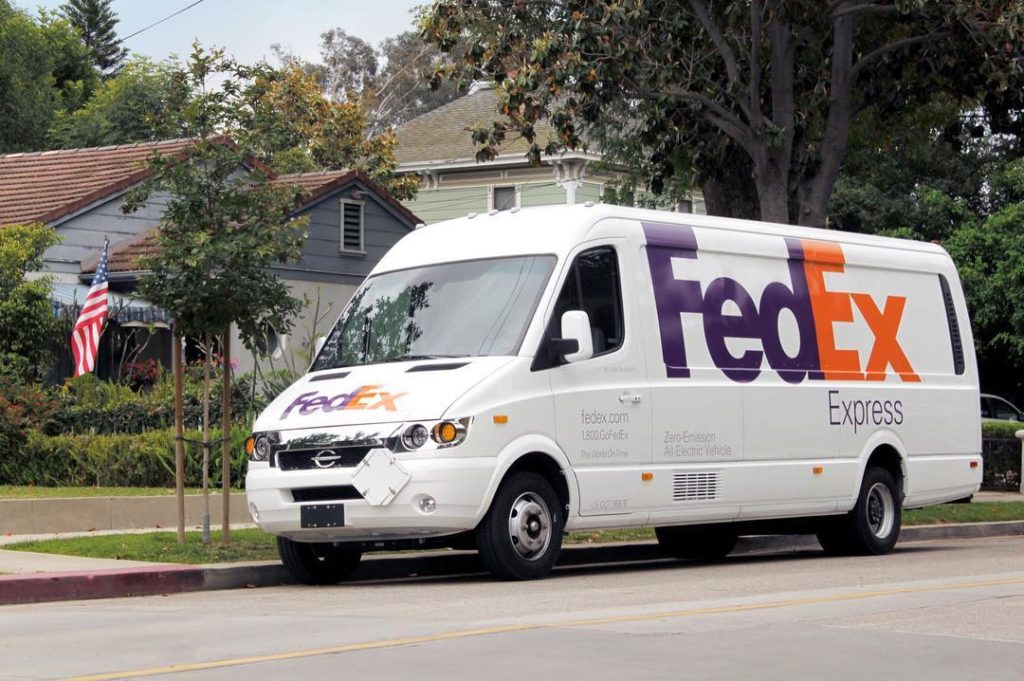
For the past few years the electric vehicle industry has focused on California. Now, though, states across America are enjoying the benefits of transportation electrification. Here is a partial list of recent developments ranging from early-stage regulatory/legislative initiatives all the way to actual investment:
- New York: Recent approval of funding for corridor DC fast charging state-wide.
- Maryland: Recent approval of ~$40 million utility-led investment in EV charging infrastructure.
- New Jersey: Request by state’s largest utility to invest $364 million in EV charging infrastructure.
- Massachusetts: Proposal by National Grid to substantially expand investment in EV charging infrastructure.
- Iowa: Recent holding by state regulators that EV charging service providers are not necessarily regulated utilities (consistent with findings elsewhere but not resolved universally).
- Washington: Proposed legislation to require state-owned vehicles to be electric.
- Georgia: $63 million investment in electric buses (using funds from Volkswagen diesel settlement).
- Minnesota: Adopted goal of increasing number of EVs from 6,000 today to 200,000 by 2030.
These and other initiatives provide a host of societal benefits, ranging from saving consumers money due to lower total cost of ownership for EVs to reduced healthcare costs and better quality of life (especially for children) from reduced tailpipe pollution. Speaking on the subject of advances in the Midwest, Rolf Nordstrom, president and CEO of the Great Plains Institute, commented that:
This vision for electric vehicles offers . . . the chance to quite literally pave the way for a technological revolution in mobility as transformative as the switch from horses to cars. Collaborative public-private efforts . . . are essential to fully realizing the many benefits that electrifying our transportation system will have on the health of residents, the total costs of driving, and the economy.
EVs Ready For Mass Market
Demand for electric vehicles is increasing because customers like the performance and technology associated with EVs as well as the lower total cost of ownership. Upfront price and driving range have been obstacles in the past, but battery costs are falling and energy storage capacity is increasing. Moreover, regulatory imperatives are pushing auto manufacturers to develop EVs that customers find desirable and affordable. The result is that at least 100 electrified models are expected to hit the U.S. market by 2022. And in sharp contrast to just a few years ago when real-world range was around 100 miles, fully electric EVs now provide ranges exceeding 225 miles and plug-in hybrids often satisfy most consumers’ daily needs solely with electricity.

Urban and suburban use will surely continue to grow as scores of plug-in vehicles enter the market. But with longer ranges and increased capabilities, electrified vehicles (including plug-in hybrid as well as fully-electric) actually offer far greater benefits to rural drivers who tend pile on the miles. (The benefits being that electricity is generally equivalent to $1/gallon gasoline, and maintenance for fully electric vehicles is practically non-existent.)
A recent report by Dan Gatti of the Union of Concerned Scientists finds that the average rural driver will save $870 per year by choosing an electric vehicle over a conventional sedan. From an air pollution perspective, that driver will also cut carbon dioxide emissions by more than 3 metric tons per year (almost twice the average emissions reduction from an EV in most urban counties).
Recognizing that more than 2/3 of all vehicles sold in America are trucks and SUVs, EV start-up Rivian is aiming squarely at this opportunity by bringing to market a fully electric pickup. The company gained substantial momentum with the recent $700 million equity investment round led by Amazon. The investment comes on the heels of Rivian’s reveal of the all-electric R1T pickup and R1S SUV at the LA Auto Show last November.
Next Up: Commercial Electric Vehicles
On the commercial side, meanwhile, Chanje is developing a fully electric medium duty panel van designed and built from the ground up to meet the specific needs of the last mile industry. The company recently announced that FedEx will be adding 1,000 Chanje vehicles to its fleet. Electric trucks appeal to all constituencies: Financially they are economical to operate; environmentally they hasten the transition away from diesel; optically they position the operator as an innovator and supporter of clean technology.
“FedEx continually seeks new ways to maximize operational efficiency, minimize impacts and find innovative solutions through the company’s Reduce, Replace, Revolutionize approach to sustainability,” said Mitch Jackson, FedEx Chief Sustainability Officer. “Our investment in [electric] vehicles is part of our commitment to that approach of serving our customers and connecting the world responsibly and resourcefully.”

Next Steps
For more information about electric vehicles and electric vehicle charging, including tips on how you can help bring EVs and EV charging to your community, please contact me. I also invite you to subscribe to receive future posts via email, view my other posts, and follow me on Twitter.

